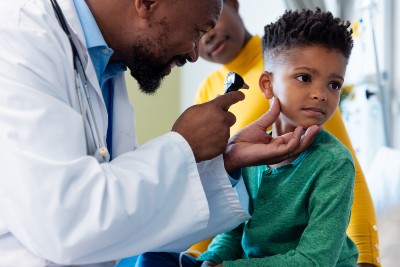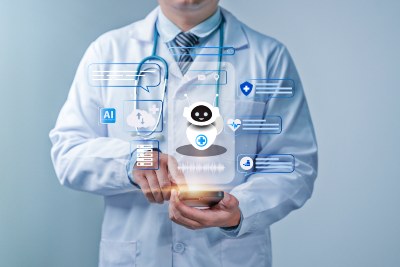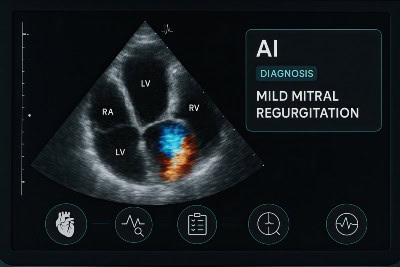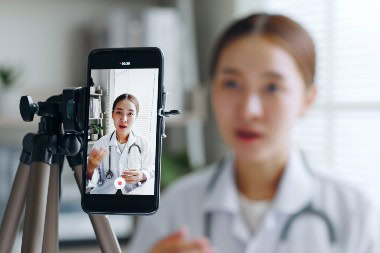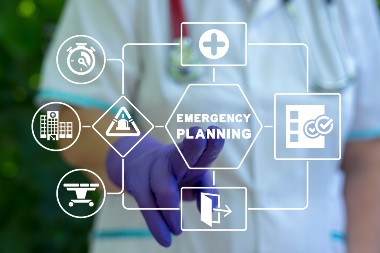Patrick O’Malley, MD; Albert Botchway, PhD; Laurel Stoimenoff, PT (ret.); and Lindsey E. Fish, MD, on behalf of the College of Urgent Care Medicine Over the past 15 years, there have been significant changes in urgent care (UC) medicine. First and foremost, this is a rapidly expanding field of medicine as urgent care centers now provide more than 200 million visits a year performed in more than 14,000 locations. Additionally, urgent care centers have transitioned …
Read More